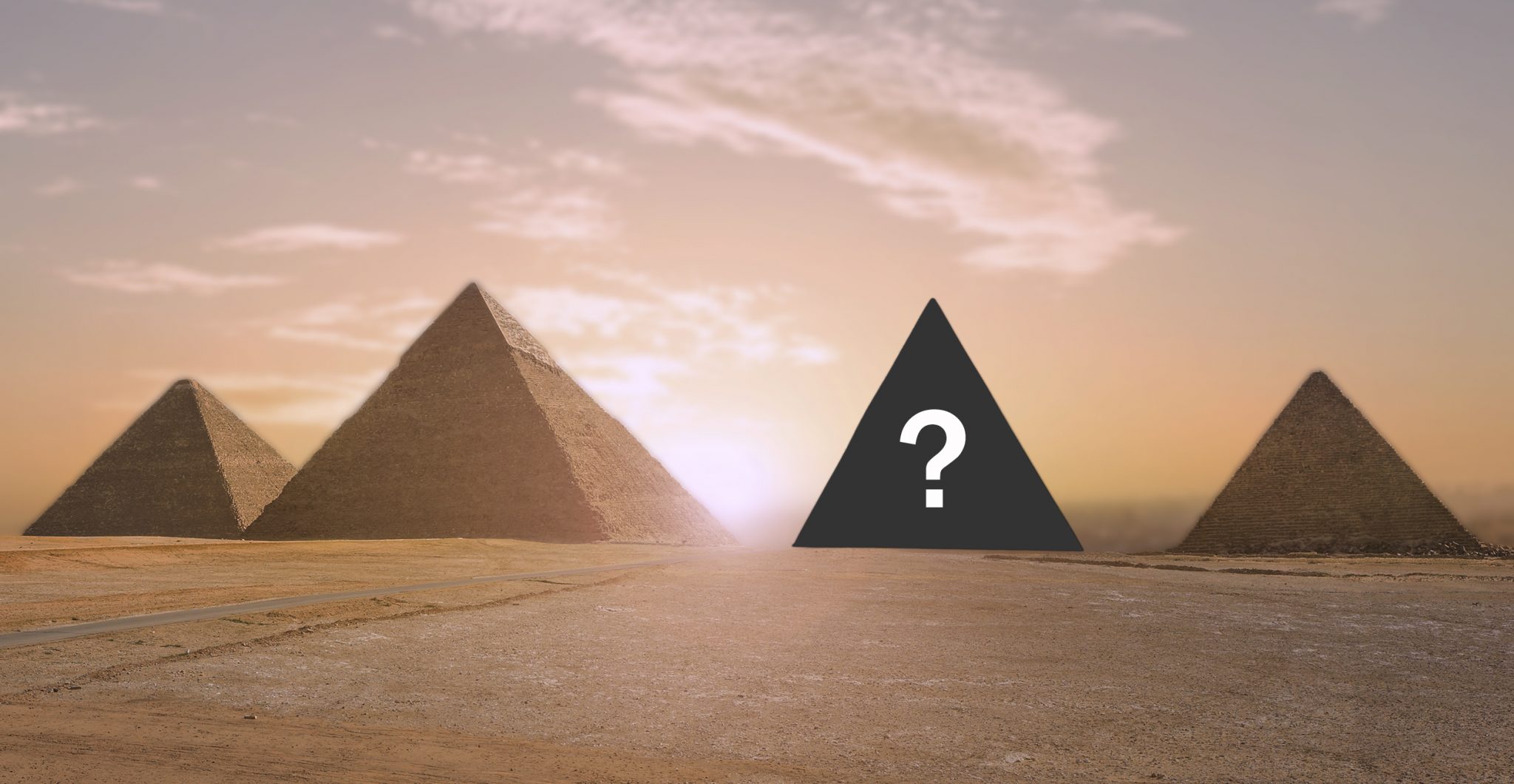In the 1700s a Danish naval captain documented and sketched a fourth great pyramid of Giza, along with the three that we know about today. The mystery of that lost fourth pyramid may finally now by solved. Historians and archaeologists spend entire careers, sometimes, looking for an ever-elusive “big discovery” that cements their suspicions about what may have existed centuries ago. Egypt has been fertile ground for these discoveries, as the country’s ancient civilizations have revealed pyramids, royal tombs, and other treasures since they were first explored more than a century ago.
Now, amateur historian Matthew Sibson claims he has found evidence of a missing pyramid at Giza, the location of three roughly 4500 year old pyramids that archaeologists have spent decades exploring. Each one draws millions of tourists every year, all of whom want to see the unique architecture and vast area once ruled by Egypt’s royal kings.
Using research from old documents as well as his own work, Sibson said on his YouTube channel, Ancient Architects, that his research, the topography of the land, and historical records lead him to believe he’s found the “missing” fourth Giza pyramid. He added, “This pyramid would have been quite different from the others, around 100 feet smaller than the others and apparently had a cube on top, which I would guess was for a statue.”
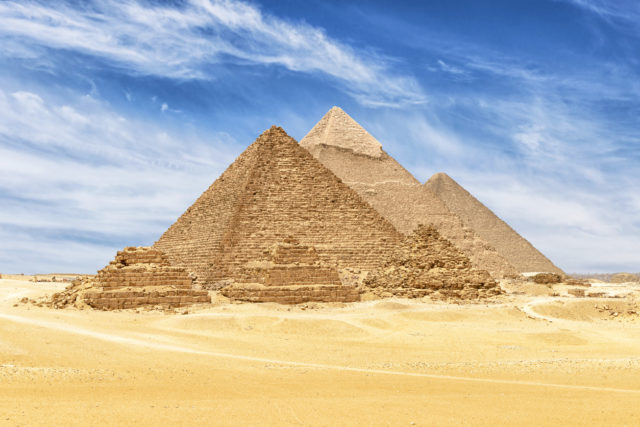
Sibson insists, according to Express, that he has evidence that bolsters his claim. He is relying, in part, on a work written about and sketched by Danish naval captain Frederik Ludvig Norden in 1737 that also showed a fourth pyramid had existed at Giza. “I think it’s certainly possible, but what happened to it?” Sibson asks, “Well, some authorities have suggested that it was dismantled in the 1700s, and the stone used for building the nearby city of Cairo.”
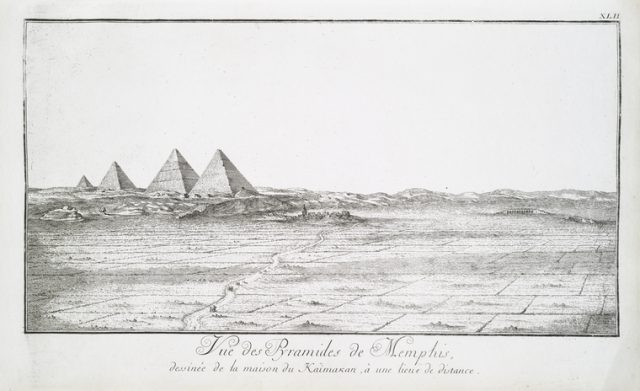
Other experts, however, have long discounted the notion of a fourth pyramid resting just out of sight, according to Express, or even one that existed but was ultimately taken apart and its stones used elsewhere. So far, most other historians and archaeologists have not weighed in on Sibson’s claims.
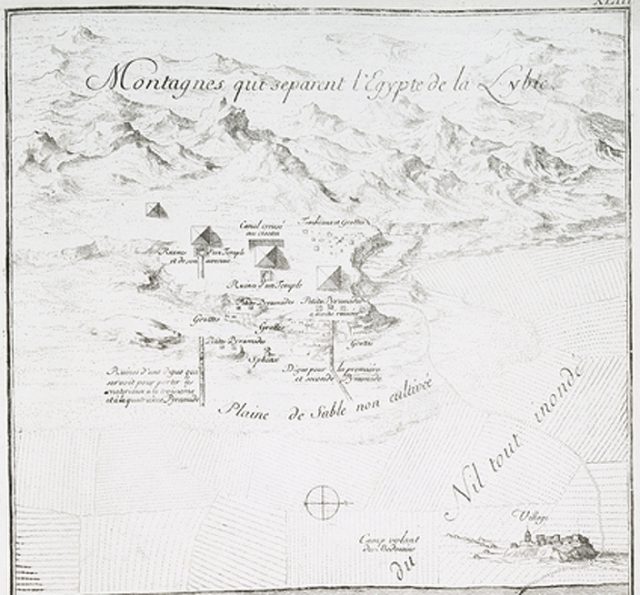
National Geographic notes that the Giza Plateau is home to three incredible pyramids: Giza, Khafre, and Menkaure, all built during the 4th Dynasty and named for the pharaohs who ruled at the time of the building. Sibson says his work has offered evidence of the fourth pyramid’s location near what he says was “an ancient causeway,” which would place the fourth pyramid to the west of the existing ones, according to Express. In his YouTube post, he acknowledged that, “you may say this is just guesswork,” but he believes his research, and Norden’s, are valid.
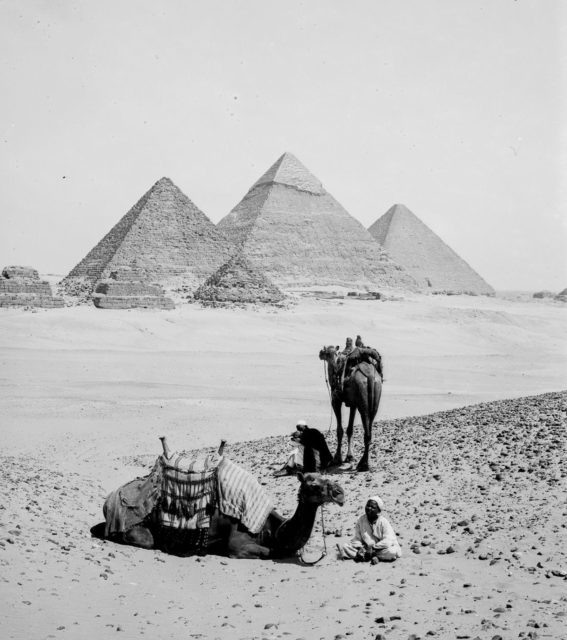
Sibson says he is an historian, but other sources say he is only an ardent fan of history and archaeology who makes outrageous claims without valid scientific evidence to support them.
It’s not as though the Pyramids of Giza need any help in boosting their status as one of the world’s true wonders. As Egyptologist Peter Der Manuelian, of the Museum of Fine Arts in Boston, told National Geographic, “Many people think of the site as just a cemetery in the modern sense, but it’s much more than that. In these decorated tombs you have wonderful scenes of every aspect of ancient Egypt – so it’s not just about how Egyptians died, but how they lived.”
Related Article: All the Interesting Details About the Great Sphinx of Giza Explained
The pyramids still hold many mysteries for scientists and archaeologists, who as yet are not even clear about how they were constructed so many centuries ago. Unfortunately, those gaps in knowledge make the pyramids ripe for speculation, even assertions that have no fundamental basis in scientific knowledge. It remains to be seen whether Sibson’s speculation is merely unhelpful guesswork that muddies historical waters or if his new hypothesis opens fruitful research possibilities.
